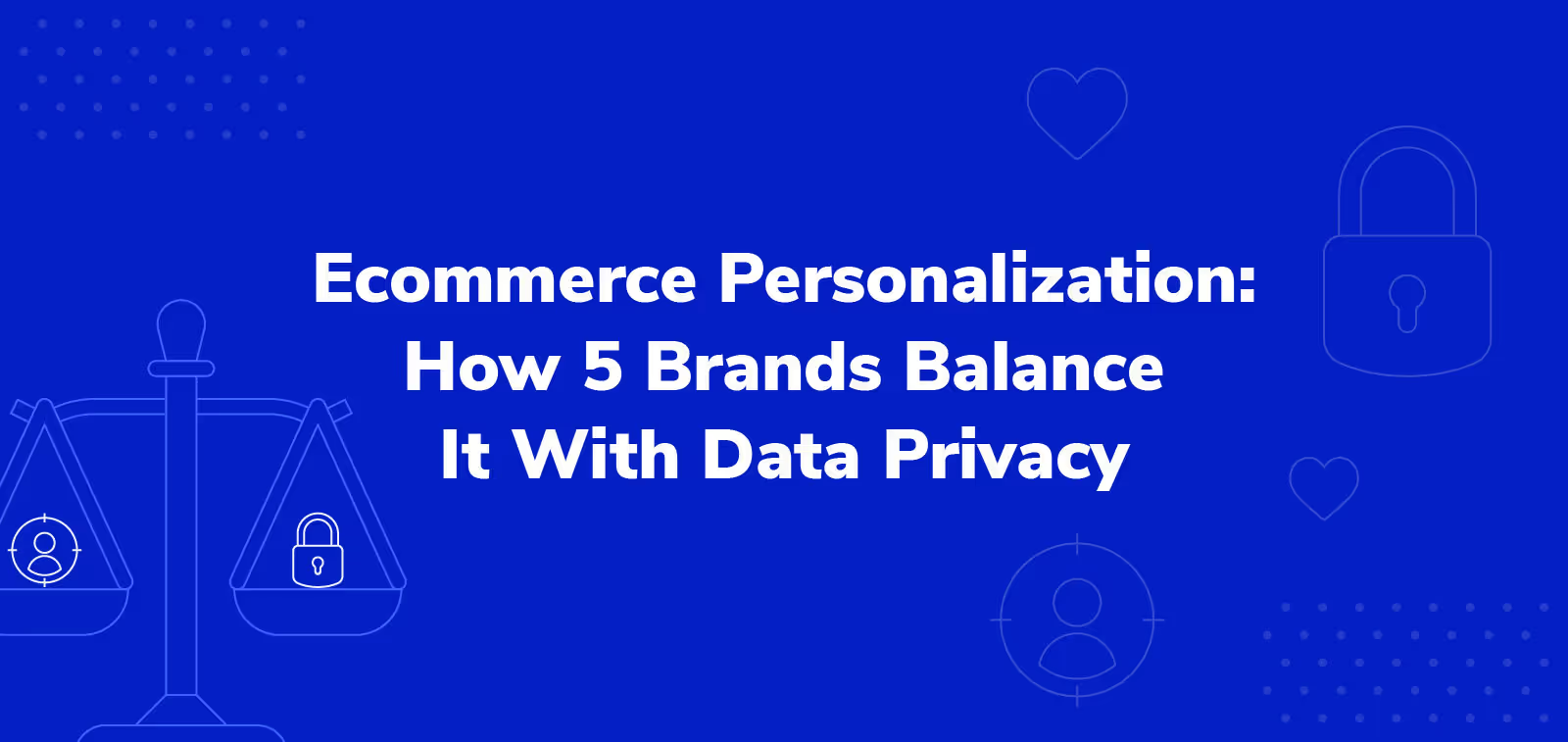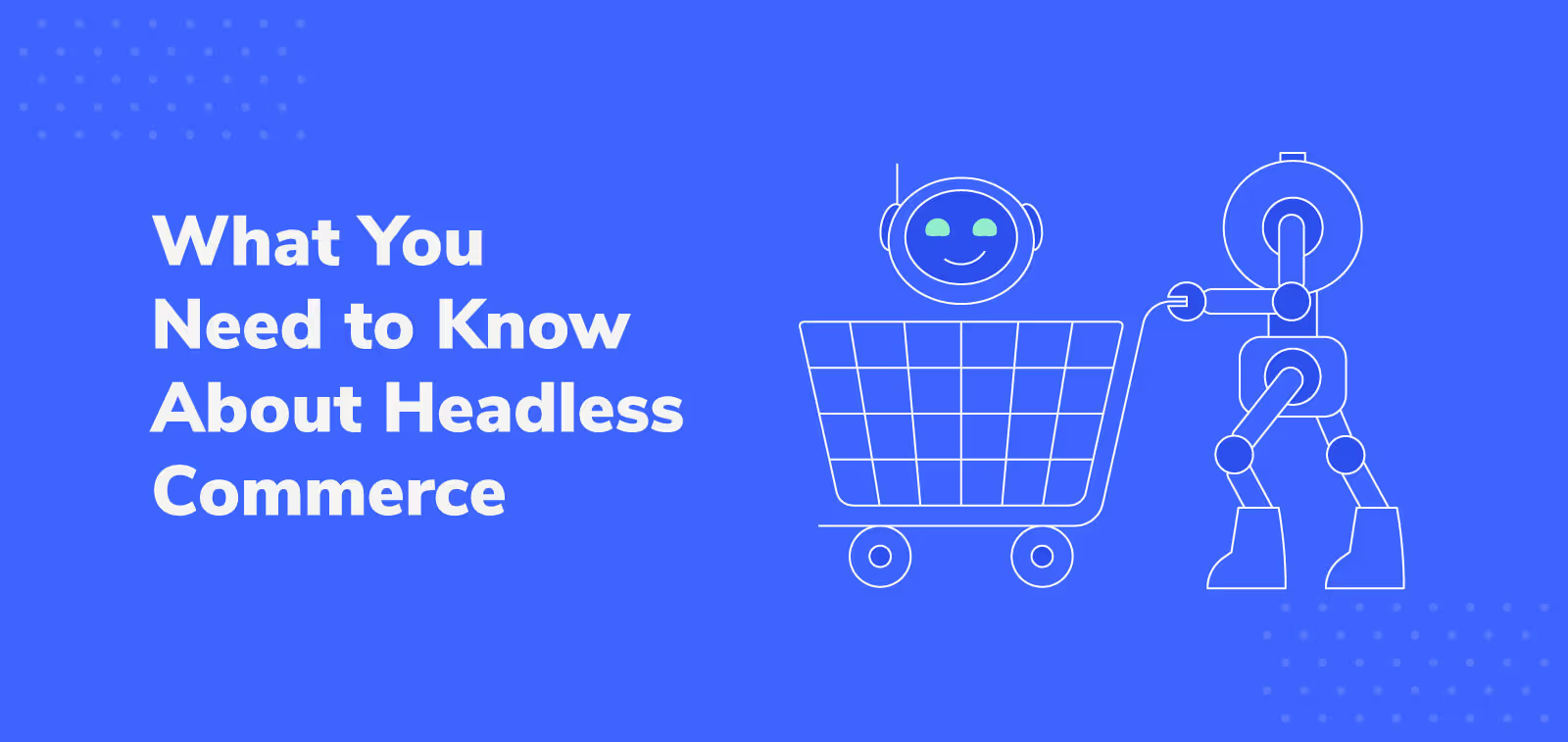5 Ways to Increase Your Profit Margins

With a tighter economy and inflation kicking up the cost of goods sold (COGS), this means many merchants today are fighting shrinking ecommerce profit margins.
According to Statista, U.S. retail ecommerce revenue was $768 billion in 2021 — and about a third of that went to Amazon. The rest belongs to Target, Walmart, and thousands of smaller ecommerce business owners striving to keep pace with the top 1%.
On the one hand, gross profit margin expansion is increasingly difficult to grow. On the other hand, brand buyers, investors, and owners are now focused on how to increase profitability and keep cash flow healthy more than ever.
“Ecommerce used to be all about growth. As a founder of a few brands, and now an aggregator at Agora Brands, we are primarily optimizing for profits through margin expansion. I used to get calls all about hacking gross revenue but today the insights brands are seeking is how to grow net revenues.”
— Ben Cogan, Cofounder, Hubble Contacts and Agora Brands
Today, there are more ways to impact profit margins than just to raise prices. Extend has partnered with Fondue to outline five opportunities to increase ecommerce profit margins that store owners may be overlooking:
- Invest in word-of-mouth marketing
- Destroy margin-eating discounts (bye, leaky coupon codes!)
- Create a loyalty program
- Experiment with upselling, cross-selling, and bundling
- Offer product and shipping protection
1. Invest in word-of-mouth marketing
While affiliate marketing has grown relatively linearly — around 10% year-over-year — this growth is generally attributed to expensive affiliate networks. Affiliate marketing tends to account for 15% of a brand's gross merchandise value (GMV).

Brands have seen tremendous success using shoppers as affiliates. In fact, referral programs focused on incentivizing shoppers to promote your product can add 5-8% for some brands’ GMV. And, unlike traditional affiliates, the upfront costs and affiliate success fee are much lower.
Additionally, this approach is a faster time to value than affiliate networks since tools like Social Snowball and Superfiliate can be set up quickly.
Social media is another great channel to double-down on for word-of-mouth marketing.
2. Destroy margin-eating discounts (bye, leaky coupon codes)
With coupon codes, you’re fundamentally trading profit for revenue. Brands often see 20%+ of their sales coming with a coupon code. Those codes may have come from off-site — via ads, affiliates, influencers — or on-site — via merchant pop-ups, sitewide sales, email/SMS.
But couponing is worth the margin tradeoff if it grows GMV, right?
Wrong.
The challenge is, coupon codes are not always why shoppers convert.
Coupon codes leak all the time, with companies like Rakuten, Honey, and RetailMeNot scraping the internet and stalking shoppers until they apply the coupon code. These margin-eating coupon sites insert coupon codes in the cart when they’re not even responsible for the revenue in the first place.
Think of a standard marketing campaign. Your emails may have beautiful product images, a compelling value proposition with great copy and… a coupon code. With so many factors, it isn’t clear why the shopper converted, but it’s totally clear the coupon gets used 100% of the time.
CashBack by Fondue gives shoppers savings should they claim their CashBack. Meaning, if savings is a huge driver for a shopper’s purchase, they’ll initiate claiming their CashBack. If savings isn’t a contributor for a shopper to convert, they simply won’t claim their margin-reducing discount — meaning more revenue for you.
3. Create a loyalty program
It’s surprising that in 2022 many brands still don’t utilize a loyalty program. In fact, 69% of shoppers say loyalty programs influence their choice in retailer.
Shoppers who enroll in loyalty programs are more likely to engage meaningfully with retention marketing, suggest the product to friends, and of course, shop again. The flywheel effect of a loyal shopper is a high-margin way to grow.
By leveraging existing shoppers as brand ambassadors, you can reward them for their loyalty while growing profits.
Much like CashBack, you’re giving shoppers a reason to come back and shop. And the similarities don’t stop there.
Customers are likely to spend more when enrolled in a loyalty program, much like shoppers having a 13.3% higher average order value (AOV) when using CashBack. By investing in your most loyal customer base, you’re automatically increasing their lifetime value (LTV).
4. Experiment with upselling, cross-selling, and bundling
Upselling, cross-selling, and bundling all boost your ecommerce profit margins by generating more revenue from a sale.
Upselling refers to prompting a customer to buy a more expensive version of the product they wanted. Cross-selling is when customers add similar items to their cart.
Say a customer at the Apple store is planning to buy the iPhone 13, but after talking to a rep at the Genius bar, they change their mind. The rep tells them about the Pro’s advanced camera setup, and the customer decides to go with that model instead. Apple just won an upsell.

Just as the customer is about to check out, the rep suggests they look at cases and screen protectors. The customer doesn’t want to damage such a major investment, so they add both items to their purchase. Boom — Apple just won a cross sell.
Bundling refers to selling several products together. Though the bundle is typically sold at a discount, it’s still a win for your ecommerce business. Why? The customer might not have bought all of the products individually without the discount, and the bundle revenue is greater than just one item’s price.
Home security retailer Lorex does a great job of clearly indicating their bundle discounts with red text on each product page.

Thanks to ecommerce platforms like Shopify, you can set up your online store to encourage upselling, cross-selling, and bundling without any assistance from a rep.
But don’t discount the power of your support and sales team! Encourage them to nurture customers toward these orders through calls and live chat conversations. In Zendesk’s 2022 Customer Experience Trends benchmark report, 47% of business leaders say that customer service increases their ability to “cross-sell.”
5. Offer product protection and shipping protection
Shoppers aren’t just looking for a great product. Now more than ever, they want extra value across the ecommerce experience. The post-purchase space is ripe for these kinds of value-added services — that’s why more and more retailers are offering product and shipping protection.
Product protection protects against product malfunctions and accidents to increase total revenue and improve customer retention.
Offering a product protection service like Extend demonstrates that you stand behind your product and will back it should something go wrong. It also shows an unbiased third party stands behind your product. And finally, both product and shipping protection can reduce operating costs and improve your operating profit margin.
Shoppers conduct painstaking research before purchasing. Believe it or not, shoppers spend an average of 79 days researching products before making a major purchase. Offering them product protection gives them peace of mind — and you get another way to differentiate from competitors and third-party sellers.
Shipping protection protects products against theft, loss, and damage in transit to reduce operating expenses and eliminate shipping costs related to replacing failed deliveries.
Delivering a great post-purchase experience shows you’re invested in your shoppers and want to keep them coming back. It’s much more than delivering a killer product — it’s establishing trust.
Interested in learning more about how Extend and Fondue can increase business owners’ gross margin? Get in touch with the Extend and Fondue teams.
Oren Charnoff is the founder and CEO of Fondue, a company dedicated to helping ecommerce brands increase conversion and grow profits with alternatives to coupon codes.
.svg)












































.avif)











